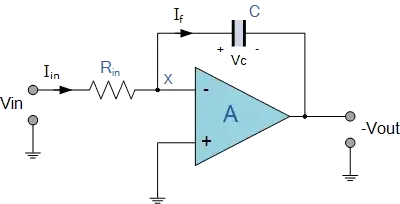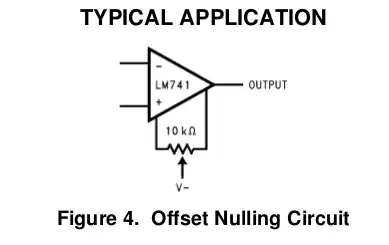At first, the following question must be answered: Where (in which system) is such an integrating stage intended to be used?
It is correct, that the shown inverting Integrator will not work as desired (as an integrating device) when it is used as a "stand-alone block" - perhaps in series with other devices.
This is because any (unwanted) DC offset voltage at the opamp output (can never be avoided) will continuously charge the capacitor up to the maximum limit (supply voltage, saturation). In this case, a feedback resistor Rf in parallel to the feedback capacitor limits the DC gain to -Rf/Rin and, thus, can avoid saturation.
Of course, this resistor Rf will degrade the integrating capabilities of the circuit (smaller frequency range) - hence, a trade-off must be found between (a) the maximum allowable DC-offset at the opamp output and (b) the integrating function of the circuit.
HOWEVER, such a resistor Rf is NOT required when the integrator is part of an overall negative feedback loop which ensures stable DC operation. This is true for many application areas like control loops, active filters, harmonic oscillators,...


